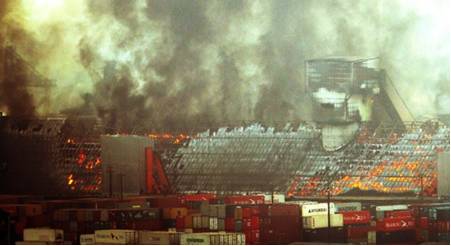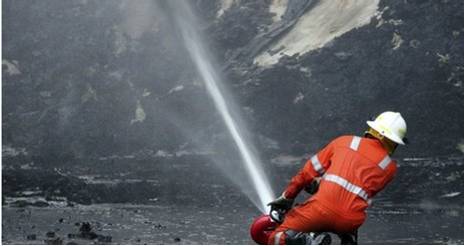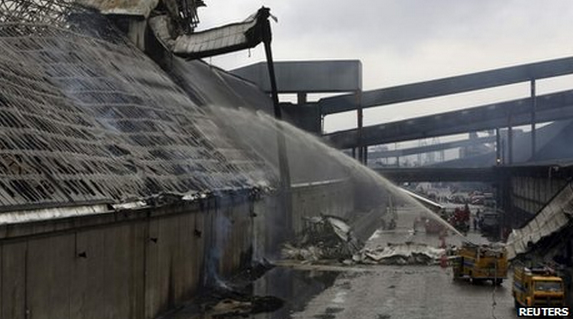
Incident Report Subject: Brazil - Fire in Port of Santos Burns Tonnes of Raw Sugar Date of Email report: Mon 21/10/2013 Report Detail:
For those in Alternative Energy this event will have operational impact – the production split between Cane Sugar or Ethanol may change as a result of the resultant sugar price spike. This no doubt will have an impact on Ethanol pricing when the production swing is felt in that market also. So it goes that a fire outside your company can inadvertently impact your company production …. A fire in Brazil's largest port has burnt some 180,000 tonnes of raw sugar, damaging six warehouses and pushing international prices to a one-year high. The authorities in the port of Santos said it took six hours to bring the fire under control. The cause of the blaze is still being investigated. Brazil is the world's main sugar exporter, accounting for nearly half of international sales. The terminal affected by the fire belongs to Brazilian sugar giant Copersucar. Four other sugar terminals are operating normally, port authorities said. Analysts say Brazil has enough port capacity to carry on with its usual export levels. "International markets react because they know there will be a temporary drop. But other terminals will certainly make up for the accident," sugar market analyst Plinio Nastari told Folha de Sao Paulo newspaper. Sugar prices in New York future markets went up by 6% when news of the fire broke, dropping later in the day. Port authorities said that the fire began at around 06:00 local time (10:00 GMT) on a conveyor belt taking raw sugar into one of the warehouses. They say this is the biggest fire in the history of the port of Santos, which exported 12.8 million tonnes of sugar in the first eight months of the year. The port is located some 80km (50 miles) from Sao Paulo. It was the gateway for much of Brazil's coffee exports in the 19th and 20th century and also the main point of entry for millions of European immigrants who arrived in Brazil until the 1950s. Additional Documentation:
|



